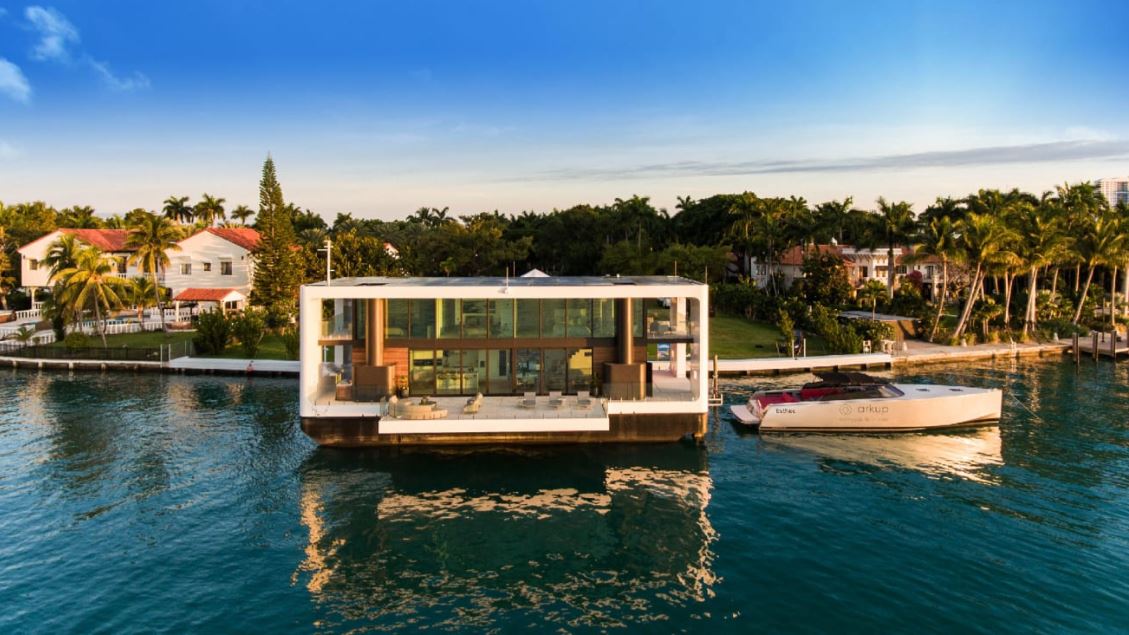Sharpness rises from the waters of the Indian Ocean. In a turquoise lagoon, just a 10-minute boat ride from Male, the capital of the Maldives, a floating city large enough to house 20,000 people.
Designed in a pattern similar to brain coral, the city will consist of 5,000 floating units including homes, restaurants, shops and schools, with canals running in the middle. The first units will be revealed this month, with residents beginning to relocate in early 2024, and the entire city set to be completed by 2027.
The project - a joint venture between property developer Dutch Docklands and the government of the Maldives - is not meant to be a wilderness experience or a futuristic vision: it is being built as a workable solution to the harsh reality of sea-level rise.
The Maldives is an archipelago of 1,190 low-lying islands, and one of the world's most vulnerable to climate change. 80 percent of its land area is less than one meter above sea level, levels are expected to rise to one meter by the end of the century, and nearly all of it could be submerged in water.
But if a city floats, it may rise as the sea rises. This is "new hope" for more than half a million people in the Maldives, said Quinn Ulthuis, founder of Waterstudio, the architecture firm that designed the city. "It could prove that there are affordable housing, great communities, and regular cities on the water are safe as well. They (Maldives) will go from climate refugees to climate innovators," he told CNN.
Floating architecture axis
Born and raised in the Netherlands - where about a third of the earth lies below sea level - Ulthis has been close to water all his life. He said that his mother's side of the family were shipbuilders and that his father belonged to a group of architects and engineers, so it seemed only natural to combine the two. In 2003, he founded Olthuis Waterstudio, an architectural firm entirely dedicated to building on water.
At the time, he said, there were signs of climate change, but it wasn't considered a big enough problem to build a company around. The biggest problem at the time was space: cities were expanding, but land suitable for new urban development was running out.

